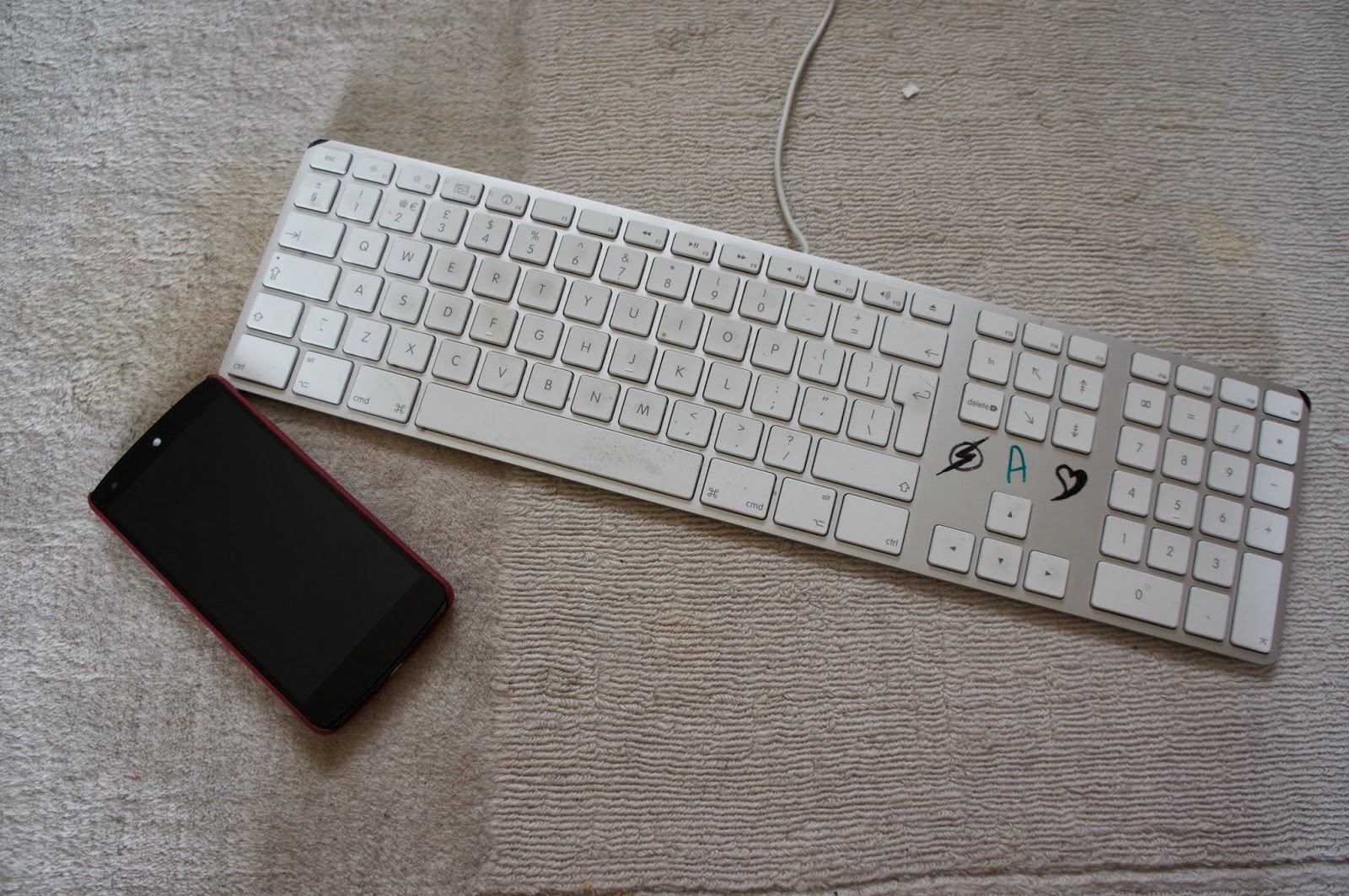Can we stop talking about mobile technology as if it’s something new or different?
History
Computers have been getting smaller and more efficient every year since their inception.
The first computers were single purpose machines and these quickly turned into programmable machines. These are often room sized machines. These are squarely out of the domain of the general public.
The next evolution in computing accompanied the invention of the integrated circuit, with the mainframe. Mainframes greatly increased available computing power and decreased space. So that a computer now filled a few cabinet sized enclosures, instead of a room. Over the next few years’ computers continued to get smaller and more powerful and within a decade the minicomputer was born. It had the same processing power as one of the older mainframes, but could fit under a desk. The price of the minicomputer was now low enough that universities and schools could afford them. These minicomputers became connected and that interconnected network of computers formed the infant internet.
The next revolution in computing happened with the introduction of the micro-computer. Components had been shrunk sufficiently so that a computer could now fit on a desk. This enabled the use of computers to increase and move from purely large corporate and military systems to being available to small businesses and home users. This was coupled with a networking revolution, networks became cheap enough to deploy and operate that they allowed the interconnection of previously standalone devices. While this networking revolution was taking place two other things were happening that would shape the future of computing. The first was the continued miniaturization of technology along with doubling of speeds every 18 months. The second was the advent of the public internet, which enabled home computers to be connected to what was previously an academic network.
The internet was quickly adopted by the general public and it quickly became clear that this was an even more transformational tool than the microcomputer was. The internet has disrupted, and continues to disrupt many traditional businesses and distribution channels. Some companies embraced the new technologies and those that weathered the early ups and downs have strived. Traditional companies that resisted the change have been forced to change or go out of business.
As the internet became pervasive, and computing power continued to increase and devices got smaller, the primary computing device moved from the laptop to the handheld device, primarily the smartphone, but also the tablet.
Where we are today
Today, the de facto computer of choice is the smart phone. This handheld computing device has taken over from the laptop. This represents a generational shift in computing architecture and associated services. This shift is happening at an exciting time; our data has become more pervasive, and available anywhere any time. That data has become more connected than ever, and we have much more data than ever before. These all point to a new style of computing that we are moving forward to.
As with other technology shifts, the previous generation of device does not go away, it just gets re-purposed, so mobile will not replace the desktop/laptop, but it will augment it.
New style of computing
Cloud
Social
Big Data
What’s next?
The distinction/difference between infrastructure computing and end user computing will continue to grow.
HP’s The Machine and IBM’s Neural computing platforms bring us full circle to centralized powerful computing centers that serve connected clients.

Comments
Post a Comment